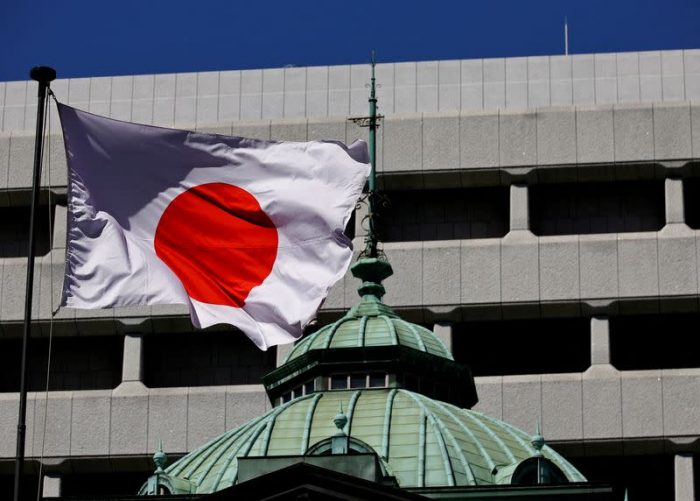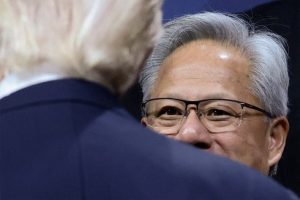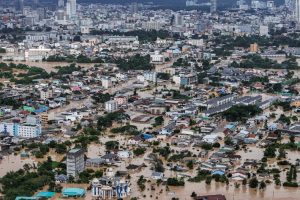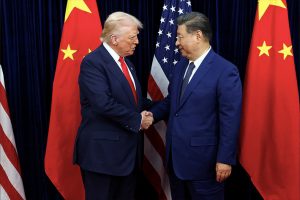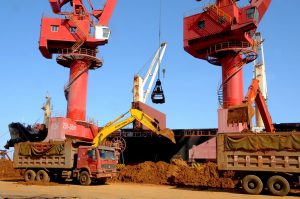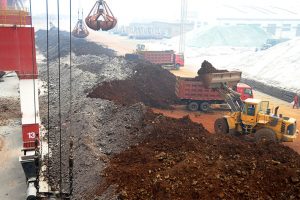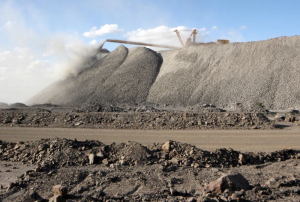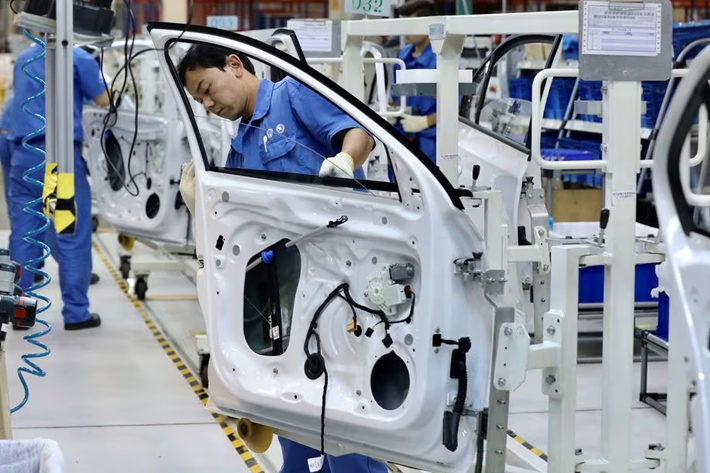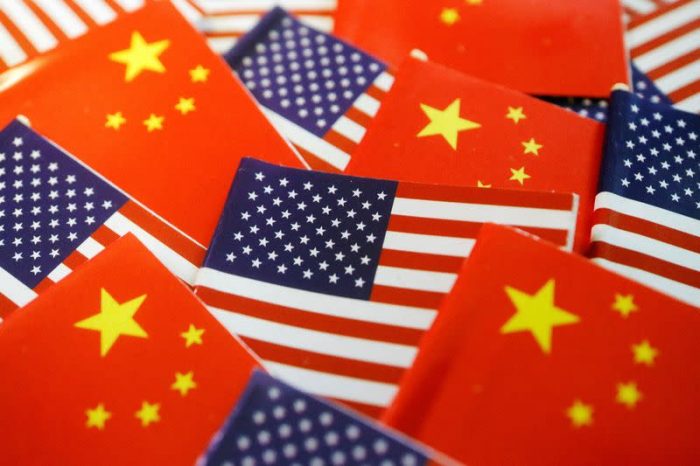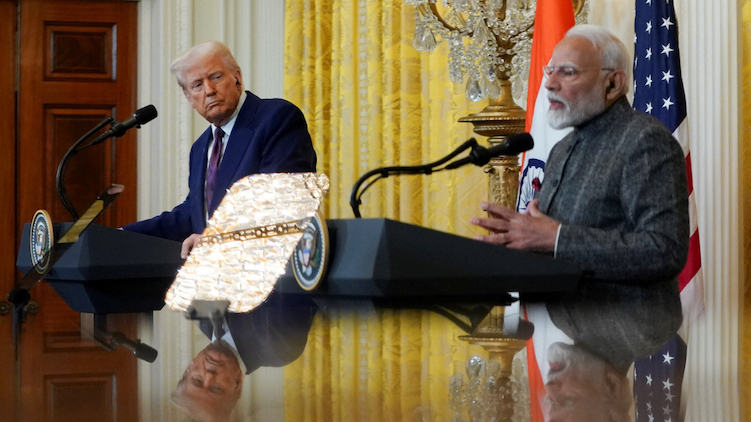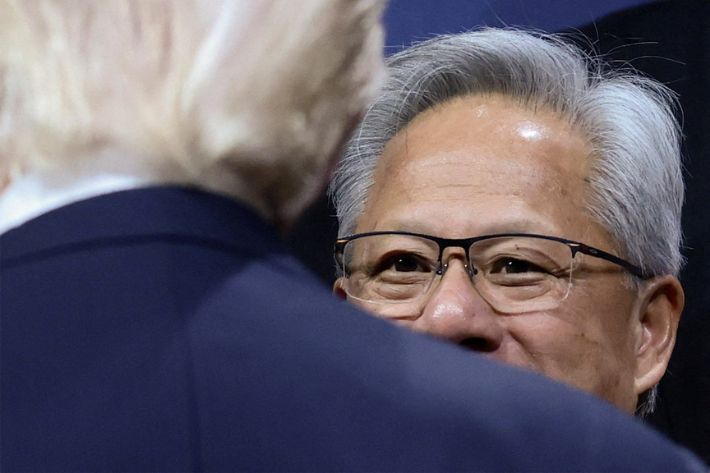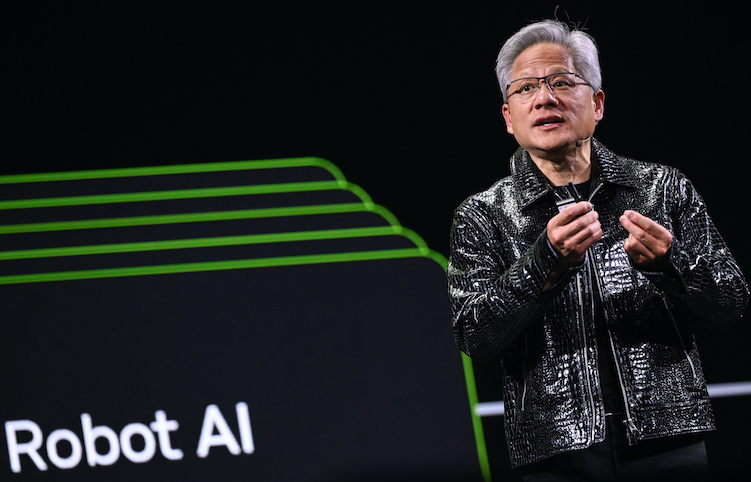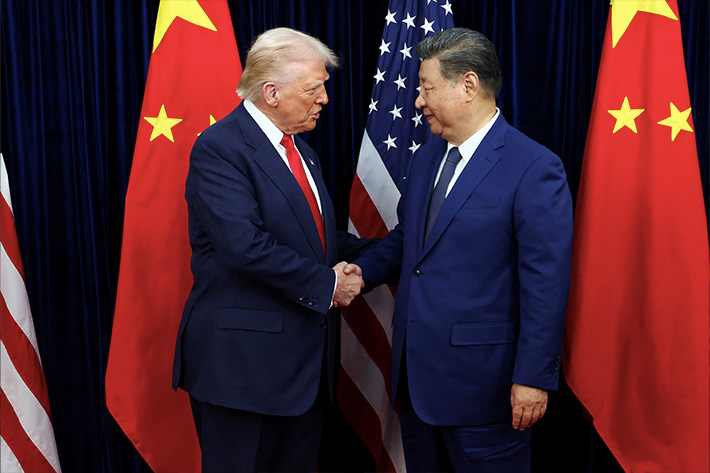While Japan’s new premier Sanae Takaichi began work on Wednesday, her government was finalising a purchase package for when she meets US President Donald Trump on Monday.
Japan is looking to buy US pickups, soybeans and gas, when trade and security talks are held next week, two sources told Reuters.
But they said she will not commit to new defence spending at the meeting, despite Washington pressing Japan and other allies to do more, according to one source with knowledge of the preparations.
ALSO SEE: Cybercrime Epidemic Casts Shadow on ASEAN as Summit Looms
The two leaders will sit down in Tokyo early next week during Trump’s first visit to Japan since his re-election, following an agreement by her predecessor, Shigeru Ishiba, to invest as much as $550 billion in the US in return for lower auto tariffs.
“The alliance with the United States is the cornerstone of Japan’s foreign and security policy,” Takaichi said on Tuesday at her inaugural press conference as prime minister.
“It would be premature to comment on any discussions during President Trump’s visit,” a Japanese government spokesperson said when asked about the planned purchase package and potential investments.
Sweeteners, Ford ‘snow ploughs’
The sweeteners Takaichi plans to offer Trump in her first major diplomatic test include the purchase of Ford F150 pickup trucks, an idea floated by Trump, and an agreement to buy more US soybeans, which US Commerce Secretary Howard Lutnick requested in a call with his Japanese counterpart last week, said the sources, who asked not to be identified because they are not authorised to talk to the media.
Beijing’s curbs on US soybean imports have hurt American farmers reliant on Asian markets. In September, exports to China dropped to zero for the first time in almost seven years.
Tokyo could trim purchases of Brazilian soybeans to make room for more US imports, which already account for 70% of Japan’s consumption, one of the sources told Reuters.
The F-150s, designed for wider US roads, may be used in Japan as snow plows.
To honour ‘unfair’ deal, boost defence outlays
Japan also plans to buy more US liquefied natural gas (LNG), although not for now from an Alaskan pipeline project championed by Trump. Officials will also present a list of candidate investment projects under the $550 billion deal, which both governments will review before Trump makes a final pick, the source added.
During the ruling Liberal Democratic Party leadership race, Takaichi was the only one of the five candidates to suggest the agreement, which gives the US the lion’s share of returns, was unfair. After her victory, she said she would honour the pact.
Even with a one-to-nine profit split, if the risk is low, it can still make business sense,” a separate Japanese government source said.
On defence, the hardline conservative premier has said she wants to deepen security ties with Washington. Japan already hosts the biggest concentration of US military power, including an aircraft carrier, a US Marine expeditionary force and scores of fighter jets.
At next week’s meeting, she will signal Japan’s willingness to accelerate its defence build-up beyond the 2% of GDP target set for 2027, the first source said.
Takaichi yesterday said she will instruct defence officials to review three 2022 strategy documents that underpin what is already Japan’s biggest military expansion since World War Two.
Asked on Wednesday whether Japan would review the national security documents, Foreign Minister Toshimitsu Motegi said: “It’s not about the amount or the ratio to GDP. What matters is the substance of our defence capabilities.”
Trump arrives in Japan on Monday and leaves Tuesday. He will also meet Emperor Naruhito. The US leader and Takaichi are expected to travel to Malaysia for an Association of Southeast Asian Nations gathering from Sunday, and later to South Korea, which is hosting an Asia-Pacific Economic Cooperation (APEC) summit.
Stimulus package
Meanwhile, Takaichi is preparing economic stimulus package that is likely to exceed last year’s $92 billion to help households tackle inflation, government sources familiar with the plan said on Wednesday.
The package of more than 13.9 trillion yen ($92.19 billion) is the new PM’s first major economic initiative since the advocate of big fiscal spending took office on Tuesday, reflecting a commitment to what she calls “responsible proactive fiscal policy”.
It will be built around three main pillars: measures to counter inflation, investment in growth industries, and national security, the sources said, declining to be identified because the matter is still private.
On Wednesday, Japan’s benchmark Nikkei erased losses and turned higher after Reuters reported this, while the yen pared morning gains and was little changed.
Investors are closely watching Takaichi’s spending plans as Japan is one of the world’s most indebted economies.
As part of its core inflation relief measures, the Takaichi administration plans to swiftly abolish the provisional gasoline tax rate.
It also aims to expand local government grants, with a focus on supporting small and medium-sized companies that are unable to benefit from existing tax incentives for wage hikes.
The package will also include investments in growth sectors such as artificial intelligence and semiconductors as the government focuses on strategic economic development.
The exact scale of the package is still being finalised, the sources said. It could be announced as early as next month.
It was too early to talk about the size of the upcoming extra budget, Japan’s new finance minister, Satsuki Katayama, said at a news conference on Wednesday, but it should be of sufficient scale to cover all measures needed.
Supplementary budget
To fund the measures, the government is moving ahead with drafting a supplementary budget for the current financial year through March, with an eye to passing it during the upcoming extraordinary parliament session.
If additional spending exceeds initial expectations, the government may need to issue deficit-covering bonds, raising questions about how to balance economic growth with fiscal discipline.
The plan “is consistent with Takaichi’s policy list during the campaign (in the ruling party’s leadership race),” Shigeto Nagai, head of Japan economics at Oxford Economics, said.
It’s not so different from previous administrations, which used all additional tax revenue from higher inflation for large supplementary budgets to support vulnerable households, rather than working toward its goal of achieving a primary fiscal surplus, Nagai added.
Takaichi was elected Japan’s first female prime minister on Tuesday. The parliament vote drove down the yen and bond yields on expectations Takaichi’s presence could delay further interest rate hikes by the Bank of Japan.
A long-time advocate of late Prime Minister Shinzo Abe’s “Abenomics” stimulus policies, Takaichi has called for higher spending and tax cuts and pledged to reassert government sway over the central bank, which is weighing more interest rate hikes and will hold its next policy meeting on October 29-30.
Monetary policy is part of a broader economic policy the government holds final responsibility for, she told a news conference on Tuesday, adding that specific means of monetary policy were up to the BOJ to decide.
- Reuters with additional editing by Jim Pollard
ALSO SEE:
Nikkei Soars, Yen Sinks After Takaichi Picked as Japanese PM
Japan’s Topix Hits Record Peak, Yen Sinks as PM Ishiba Resigns
US Lowers Japan Auto Tariffs But Some Carmakers Still Hurt
Japan and US ‘Finalising Deal on Lower Auto Tariffs, Other Issues’
Japan Wants Issues Sorted Before Trade Rep Seals Big Tariff Deal
US Pushing Bank of Japan to Hike Rates? No, Says Tokyo
Political Uncertainty in Japan Clouding Rate Hikes, Budget
Toyota Slashes Profit Forecast, Sees $9.5 Billion Tariff Hit
Japan Debates How to Handle Rushed Tariff Deal With US
Nikkei Jumps After Trump Strikes 15% Tariff Deal With Japan




